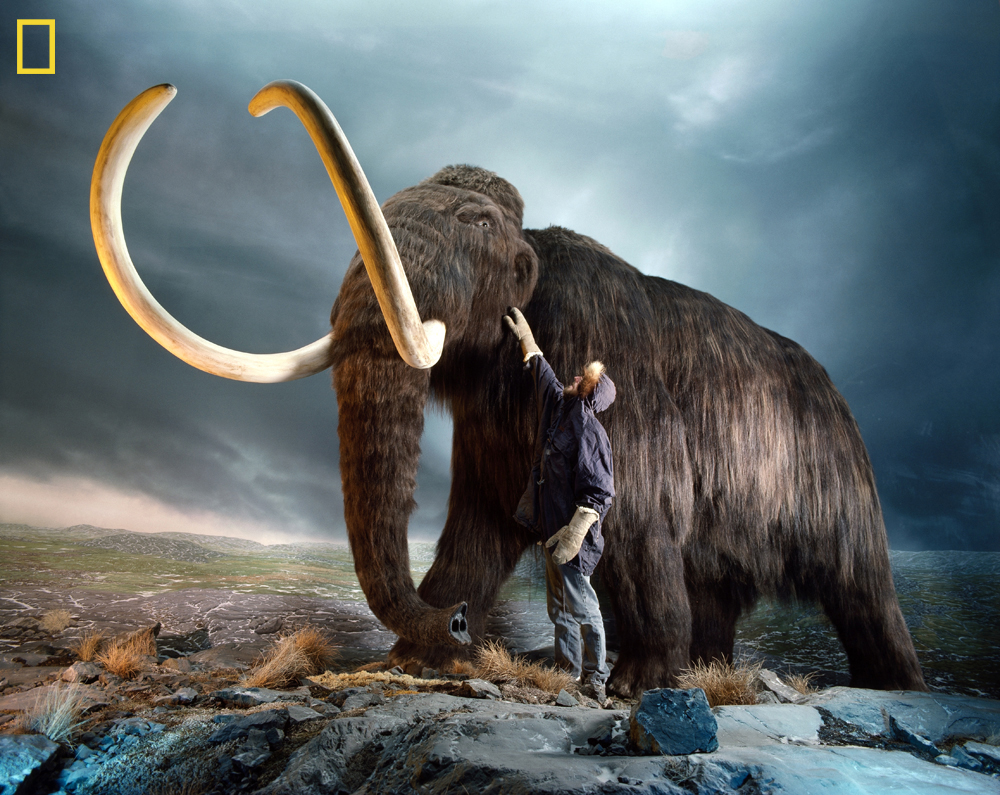Woolly Mammoth or Thylacine? New Guide Helps Choose Which Species to Resurrect

Updated Tues. March 4 at 12:30 p.m. ET.
The idea of bringing extinct species back to life has transitioned from science fiction to near reality in recent years, with some scientists saying the passenger pigeon — a bird that once clouded North American skies but went extinct due to over-hunting in the early 1900s —could reenter the world within the next several years.
But amidst the exciting prospects of seeing these birds take to the skies again, or perhaps one day spotting a woolly mammoth tromp through Siberia, some researchers have urged those involved in so-called de-extinction to carefully consider the ecological risks of reintroducing species to the wild — before choosing to bring back any particular species. Reintroduced species could pose risks by threatening other animals (by preying on them or spreading parasites); endangering humans with physical harm; or jeopardizing aspects of ecosystems humans rely on. [6 Extinct Animals That Could Be Brought Back to Life]
"This is very similar to any species you would reintroduce in the world," Axel Moehrenschlager, a researcher at the Center for Conservation Research at the Calgary Zoological Society in Canada, told Live Science. "Whenever you put a species back into a place where it has disappeared, there will be an array of risks."
New guidelines
Moehrenschlager has worked with colleagues to develop a framework of 10 questions that will help scientists systematically assess the ecological risks associated with introducing animals back into the wild, based on questions used by the International Union for the Conservation of Nature to assess the effects of introducing existing species into new habitats.
The newly proposed questions address several topics: whether enough is known about both the cause of extinction and the ecological needs of candidate animals to ensure healthy living moving forward; if sufficient habitat exists for candidates in the modern world; if humans will be harmed by reintroduction; if other species will be harmed by reintroduction; and whether it will be possible to remove the individuals in the event that they have a negative impact.
Sign up for the Live Science daily newsletter now
Get the world’s most fascinating discoveries delivered straight to your inbox.
The researchers tested the framework on three extinct species: the baiji dolphin, native to the Yangtze River in China; the Xerces blue butterfly, native to coastal California; and the thylacine, native to Tasmania, Australia. The baiji dolphin went extinct in 2006, the Xerces blue butterfly in 1941 and the thylacine in 1936.
The researchers chose these three species because they wanted to assess a diverse sub-sample of animals that represented different regions of the world and that went extinct at different points, Moehrenschlager told Live Science.
Best candidates
From their assessment, the researchers found that not enough is known about the baiji's decline to warrant de-extinction, but that the Xerces blue butterfly and thylacine make good potential candidates. Still, the scientists emphasize the results represent just a preliminary screening, and that a more detailed review would be needed before moving forward with these species.
As for the woolly mammoth, Ross MacPhee, a zoologist at the American Museum of Natural History who studies mammoths and was not involved in creating the guidelines, says the mega-beasts would not likely qualify under these guidelines, for a variety of reasons, the most obvious of which is their large size. [Woolly Mammoth Comeback: 5 Ethical Challenges]
"It's one thing to bring back a butterfly," MacPhee said. "Mammoths are a whole different thing. Wherever it is put, it is going to make a tremendous difference. I just don't see it being particularly feasible."
Still, MacPhee does not think these drawbacks will stop researchers from moving forward in trying to resurrect mammoths, or from overlooking guidelines such as those proposed by Moehrenschlager's team simply out of intrigue and excitement.
As of now, researchers are not legally required to consider these suggestions, but Moehrenschlager's team hopes that researchers will take it upon themselves to consider the guidelines as research moves forward.
"We think the technology [for de-extinction] is evolving and that it will likely happen, but what we want people to understand is that this is a conservation translocation issue, and we should be very systematic and thoughtful about what decision we make," Moehrenschlager said.
The guidelines are detailed in the March issue of the journal Trends in Ecology and Evolution.
Editor's Note: This story has been updated to clarify that the guidelines are based on those created by the International Union for the Conservation of Nature (IUCN), not Science.
Follow Laura Poppick on Twitter. Follow us @livescience, Facebook & Google+. Original article on Live Science.











